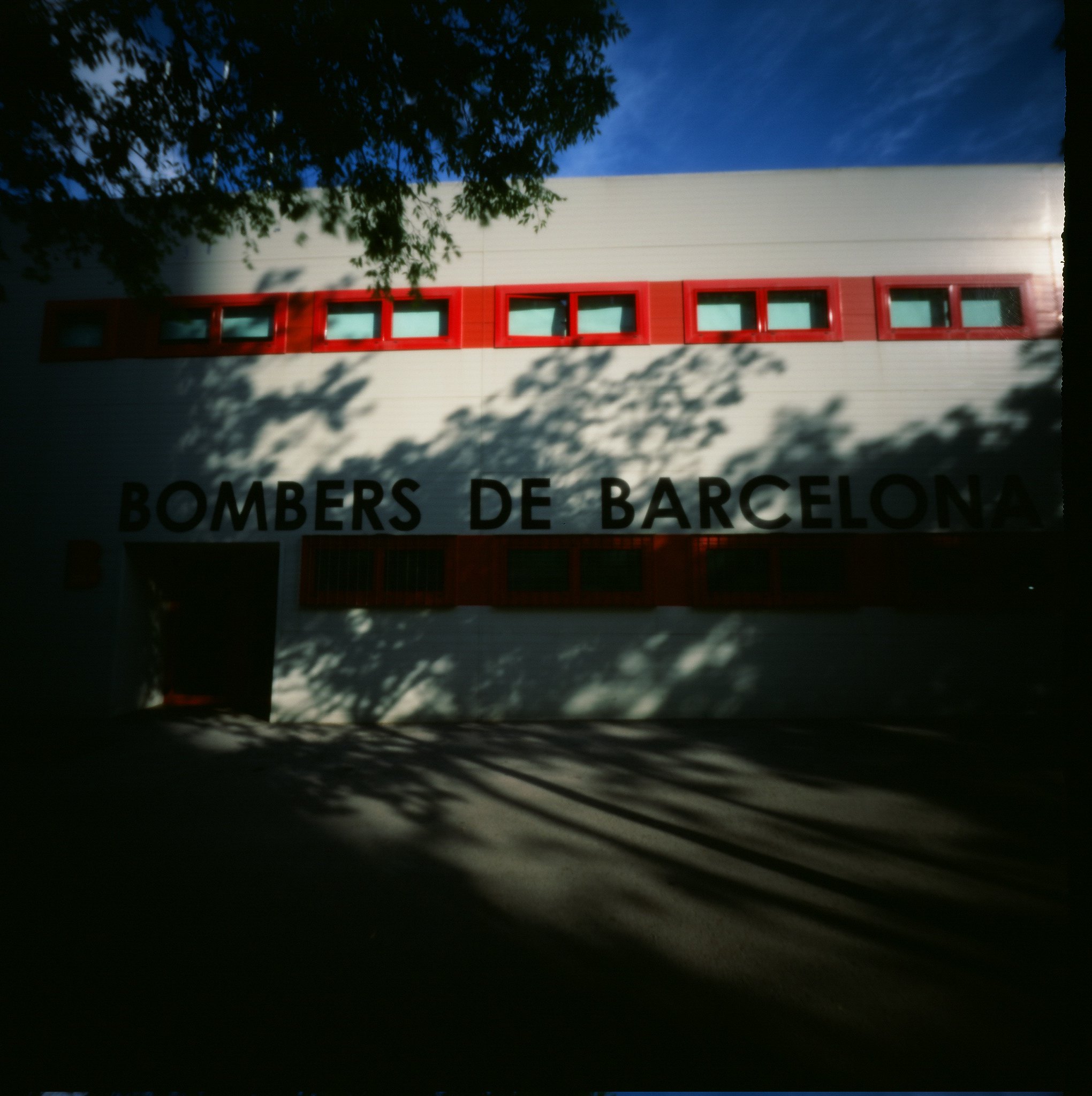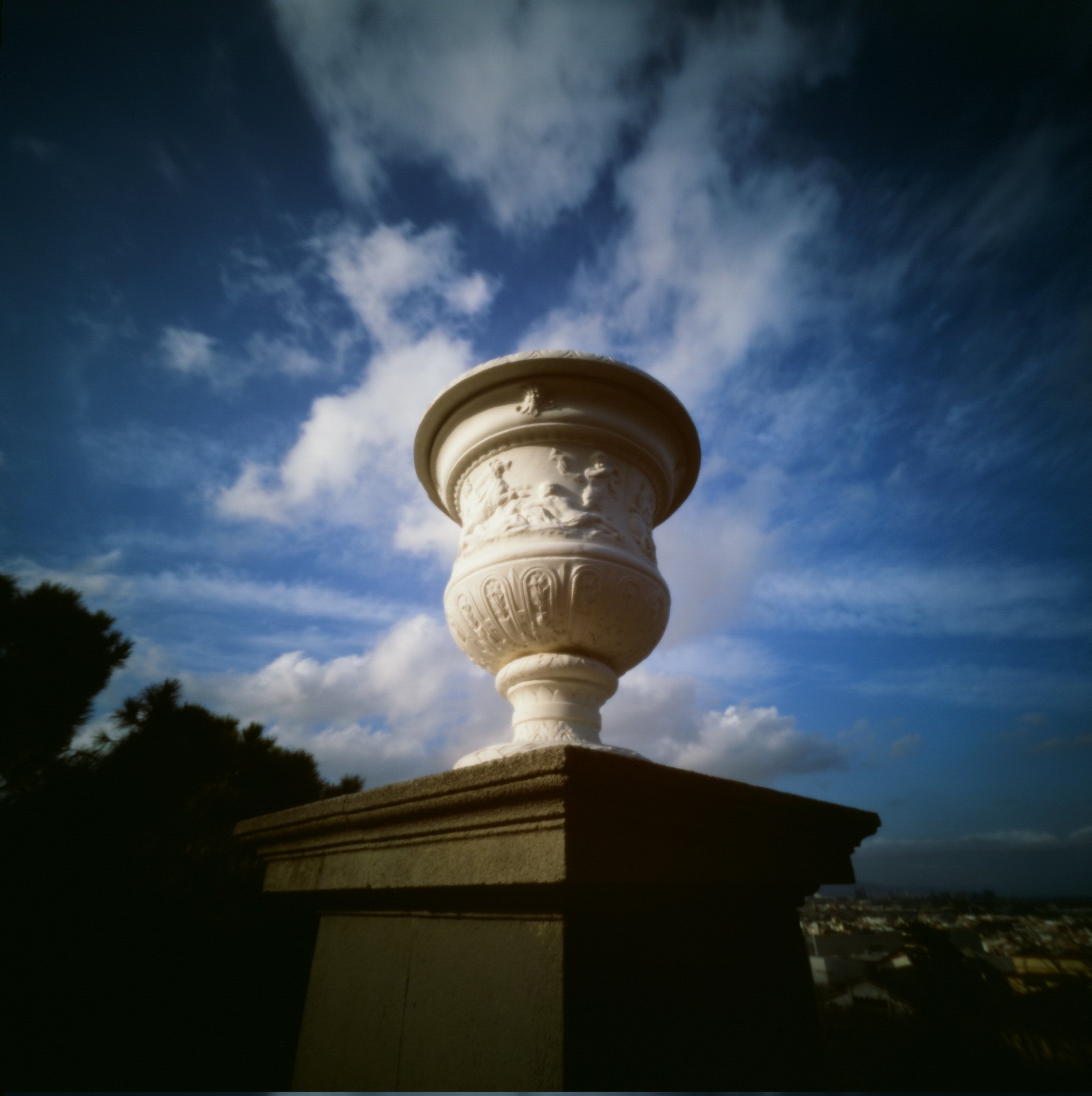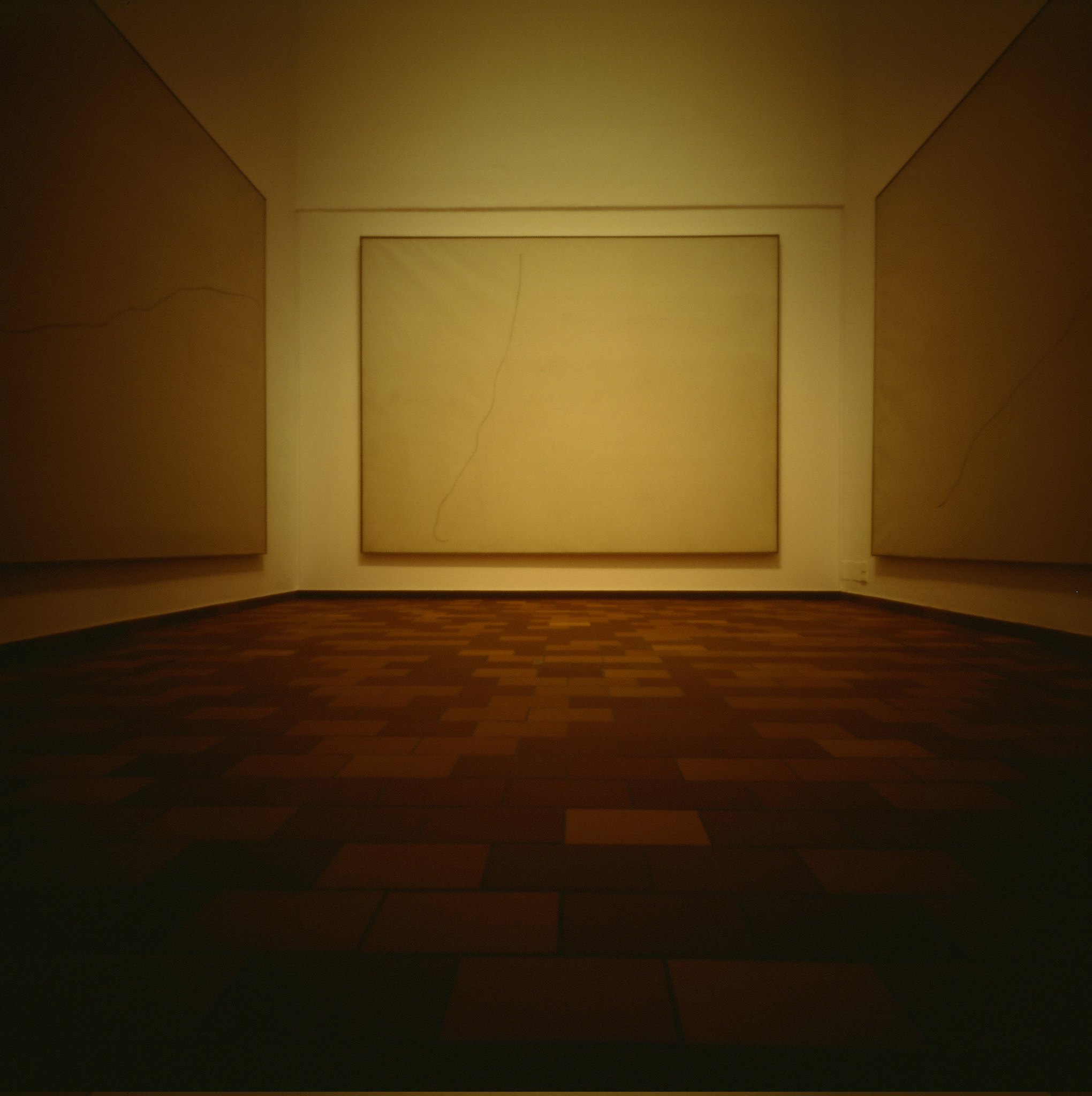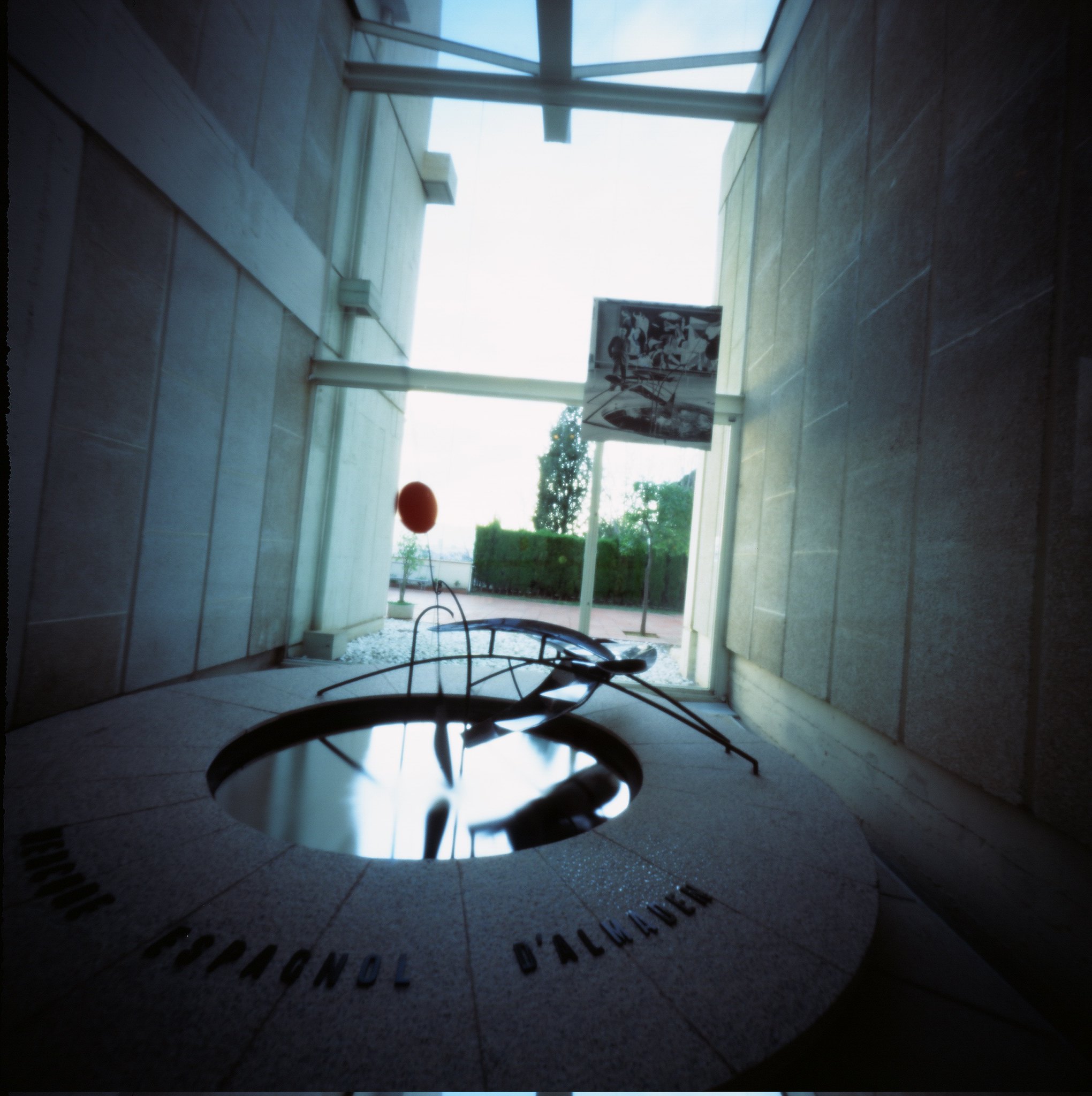Adventure is where you find it.
I have said this since I was a kid. I believe that adventure can be found anywhere! Adventure is something you can cultivate during a visit to a neighborhood park or travelling to a distant, exotic destination. Adventure often finds you when you dare to break out and try something new and unknown.
Beehive and I were in Barcelona for Worldwide Pinhole Photography Day last April, meeting up with more than 30 (pinhole) photographers from around the world. Having never been to Barcelona, we took every opportunity to strike out and explore new corners of the city. We typically took the subway to an distant destination, and then made the long walk back to our flat.
On this particular day, we had taken the train to the Montserrat Monastery and on our return trip decided we were not quite ready to call it a day. We got off the train at Espanya Station and rather than catch a subway connection, we climbed from the depths of the city to find ourselves in a new landscape, Plaça d'Espanya. We walked a little further, and found a modern fire station at the edge of the park. It was late in the afternoon and no activity was to be seen Probably still siesta time. I really wanted a Barcelona fire department t-shirt, but I didn't want to disturb anybody.
It's not a high hill, but the steps seem endless (there are actually escalators, but they weren't working) as you climb from the plain of Barcelona's streets and avenues. We paused to catch our breath and look out over the glorious city, and I shot this urn in the clouds.
Miró had an agenda of turning art on its ear and achieving an "assassination of painting", in the interest of promoting contemporaneous socio-political issues. In the context of his world, Miró was punk. He challenged accepted norms concerning art, design, and composition. He painted huge canvases with extremely subtle and fine linework in the interest of communicating his distress over Spanish politics. I sat for eight minutes, mulling his commitment, while my shutter was open.
Outside the museum, a characteristically red sculpture by Calder beckoned and I opened my shutter once again, this time on a proper tripod, seeking the contours and rivets that are common in his work. My mood eased and I felt at peace again.
We walked a little a little further and stumbled upon the funicular railroad that would take us down to the waterfront and from where we would continue our amble back to the flat. Here's some more information about the works at the Fundacio Joan Miró. ARTSY has a very informative page on Alexander Calder. Their mission is to make all the world's art accessible to anyone with an Internet connection. All photos made with the terraPin Prime 3Dprinted pinhole camera Shot on Fujichrome Velvia 50 film. |

An online gallery for my visual art, particularly pinhole film photography. Expect verbosity.
You can find my other stuff on the Internet:
twitter: @theschlem
terraPin Pinhole Cameras and other 3D Printing Designs
Flickr
My ETSY Shop
More Schlinks
Tuesday, May 31, 2016
"A Sandbox For The Subconscious Mind"
Subscribe to:
Post Comments (Atom)







No comments:
Post a Comment
Thanks for the input!